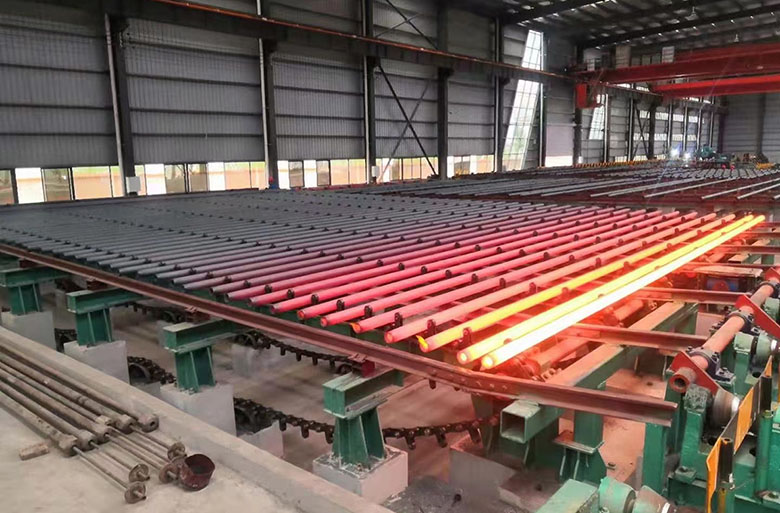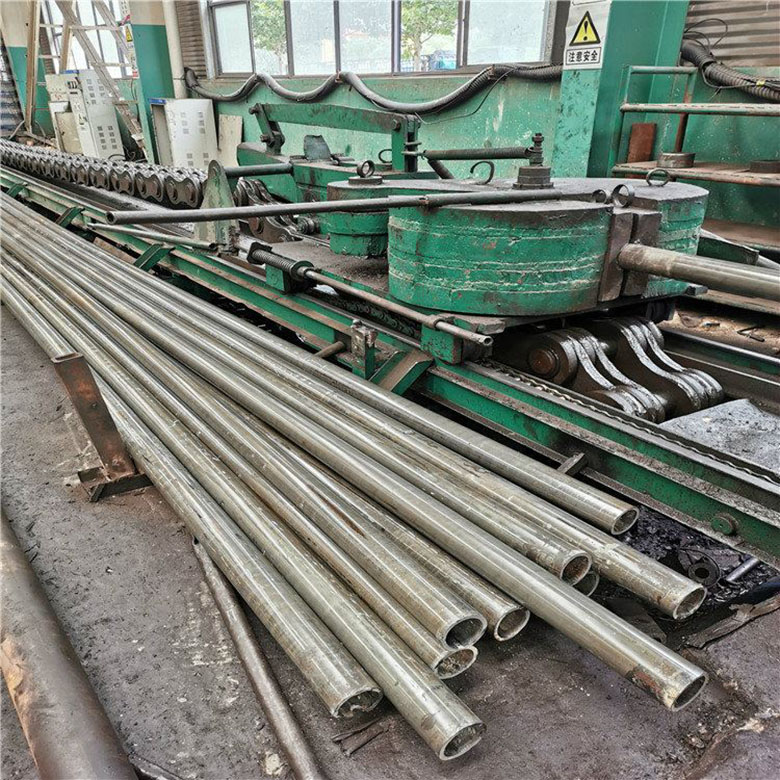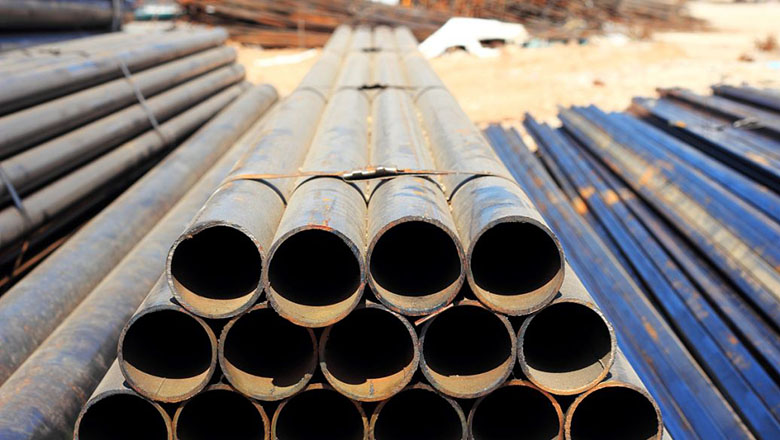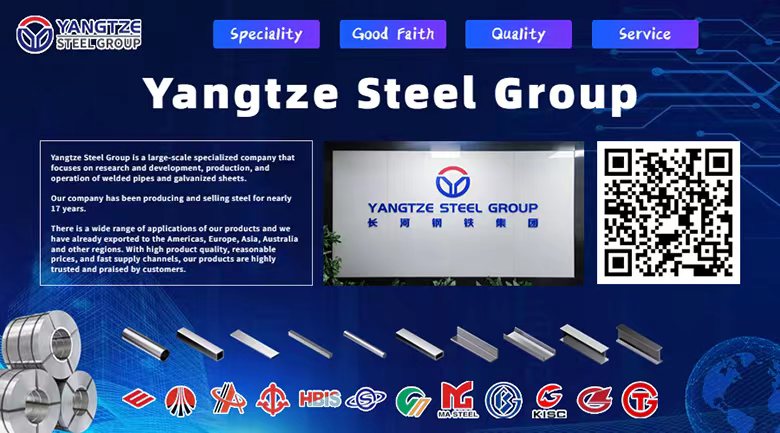Hot-Rolled Vs Cold-Drawn
Hot rolling uses steel billets as raw materials, which are heated and rolled through rough rolling and finishing rolling mills, and finally made into steel plates or steel coils. It is characterized by high-temperature operation, which can refine grains and eliminate defects, improving the mechanical properties of materials. Hot-rolled steel plates are large in size and have good toughness, and are often used in fields such as large structures and engineering construction.

Cold drawing is the process of stretching and bending steel plates or steel strips at room temperature, and changing their shape and size through external force. Cold drawing will not cause phase change in the material, but it can optimize its organizational structure and increase hardness and strength. Cold-drawn products have high precision and smooth surfaces, and are suitable for high-precision applications such as automobiles and machinery.

The main differences between hot rolling and cold drawing are reflected in the following aspects:
1. Forming process: Hot rolling is to shape the material through heating and rolling, while cold drawing is to shape the material through cold drawing, bending, drawing and other processes.
2. Product characteristics: Hot-rolled steel plates have larger size and better toughness, while cold-drawn products have higher dimensional accuracy and surface finish, as well as higher hardness and strength.

3. Application scenarios: Hot-rolled steel plates are mainly used in fields such as large structural parts and engineering construction, while cold-drawn products are more used in situations with higher size and surface requirements, such as automobile manufacturing, machinery manufacturing, etc.









